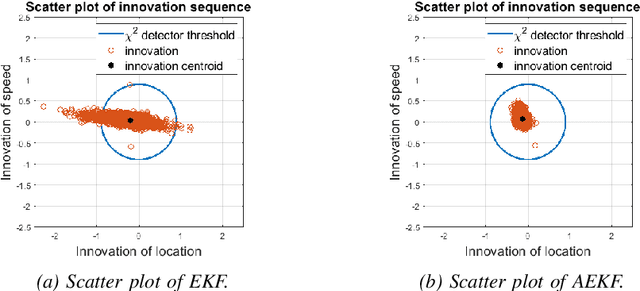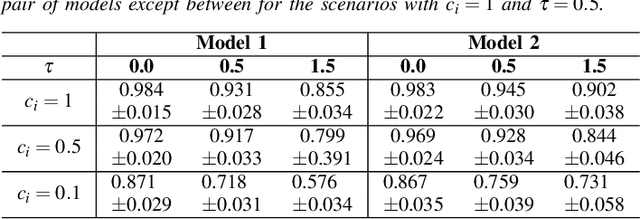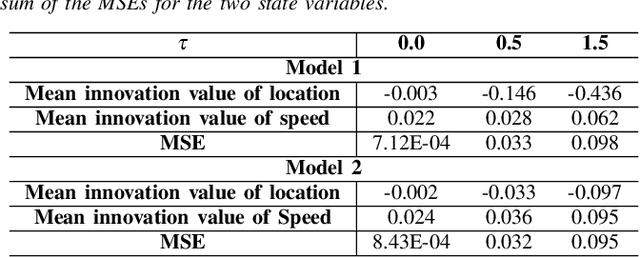Anahita Khojandi
Hidden Markov models are recurrent neural networks: A disease progression modeling application
Jun 04, 2020



Abstract:Hidden Markov models (HMMs) are commonly used for sequential data modeling when the true state of the system is not fully known. We formulate a special case of recurrent neural networks (RNNs), which we name hidden Markov recurrent neural networks (HMRNNs), and prove that each HMRNN has the same likelihood function as a corresponding discrete-observation HMM. We experimentally validate this theoretical result on synthetic datasets by showing that parameter estimates from HMRNNs are numerically close to those obtained from HMMs via the Baum-Welch algorithm. We demonstrate our method's utility in a case study on Alzheimer's disease progression, in which we augment HMRNNs with other predictive neural networks. The augmented HMRNN yields parameter estimates that offer a novel clinical interpretation and fit the patient data better than HMM parameter estimates from the Baum-Welch algorithm.
Anomaly Detection in Connected and Automated Vehicles using an Augmented State Formulation
Apr 18, 2020


Abstract:In this paper we propose a novel observer-based method for anomaly detection in connected and automated vehicles (CAVs). The proposed method utilizes an augmented extended Kalman filter (AEKF) to smooth sensor readings of a CAV based on a nonlinear car-following motion model with time delay, where the leading vehicle's trajectory is used by the subject vehicle to detect sensor anomalies. We use the classic $\chi^2$ fault detector in conjunction with the proposed AEKF for anomaly detection. To make the proposed model more suitable for real-world applications, we consider a stochastic communication time delay in the car-following model. Our experiments conducted on real-world connected vehicle data indicate that the AEKF with $\chi^2$-detector can achieve a high anomaly detection performance.
Real-Time Sensor Anomaly Detection and Recovery in Connected Automated Vehicle Sensors
Nov 04, 2019



Abstract:In this paper we propose a novel observer-based method to improve the safety and security of connected and automated vehicle (CAV) transportation. The proposed method combines model-based signal filtering and anomaly detection methods. Specifically, we use adaptive extended Kalman filter (AEKF) to smooth sensor readings of a CAV based on a nonlinear car-following model. Using the car-following model the subject vehicle (i.e., the following vehicle) utilizes the leading vehicle's information to detect sensor anomalies by employing previously-trained One Class Support Vector Machine (OCSVM) models. This approach allows the AEKF to estimate the state of a vehicle not only based on the vehicle's location and speed, but also by taking into account the state of the surrounding traffic. A communication time delay factor is considered in the car-following model to make it more suitable for real-world applications. Our experiments show that compared with the AEKF with a traditional $\chi^2$-detector, our proposed method achieves a better anomaly detection performance. We also demonstrate that a larger time delay factor has a negative impact on the overall detection performance.
 Add to Chrome
Add to Chrome Add to Firefox
Add to Firefox Add to Edge
Add to Edge